The Honduran flag symbolizes the nation’s strength and aspirations, representing more than sovereignty—it reflects Honduras’ cultural richness and democratic commitment. It is recognized worldwide and unites Hondurans under a common banner of progress and hope.
Flag of Honduras
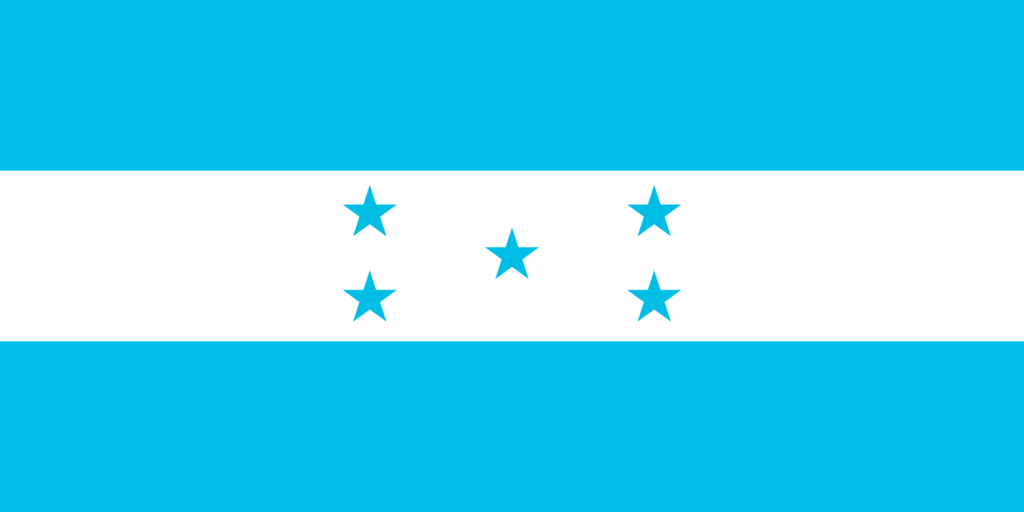
The Honduran flag features a distinctive design of three horizontal stripes with a central emblem. The top and bottom stripes frame a central white band, strikingly contrasting.
In the heart of the flag, five stars are arranged in an X pattern, a unique symbol that reflects Honduras’ historical connections and aspirations within the Central American region.
Flag of Honduras: Color Palette
Honduras Flag Emoji: 🇭🇳
The color palette of the Honduran flag, composed of carefully chosen hues, plays a crucial role in its symbolism. Each color is selected for its ability to convey specific aspects of Honduras’s cultural and historical narrative.
As we delve into the individual colors, their significance and the stories they tell become apparent, offering a deeper understanding of the flag’s overall symbolism.
Meaning of Each Color
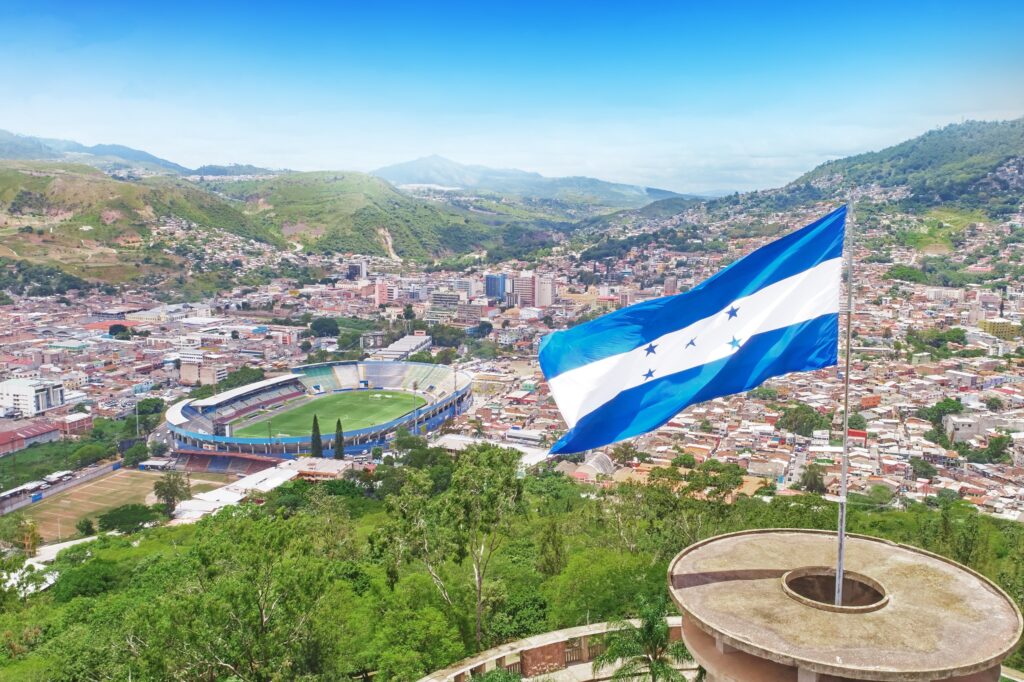
Blue
The blue stripes symbolize the Caribbean Sea and the Pacific Ocean, crucial to Honduras’s geography and maritime heritage. This color also reflects the sky and the bonds of brotherhood, underlining the country’s openness and connection to its Central American neighbors.
The blue hues evoke a sense of unity and continuity with the historical legacy of the Federal Republic of Central America.
White
The central white stripe represents peace and purity, foundational to the Honduran nation. It also signifies the land of Honduras, nestled between two vast bodies of water, symbolizing a bridge between different worlds and cultures.
The white color serves as a visual reminder of the nation’s commitment to maintaining internal harmony and fostering a tranquil environment for its people.
Coat of Arms of Honduras
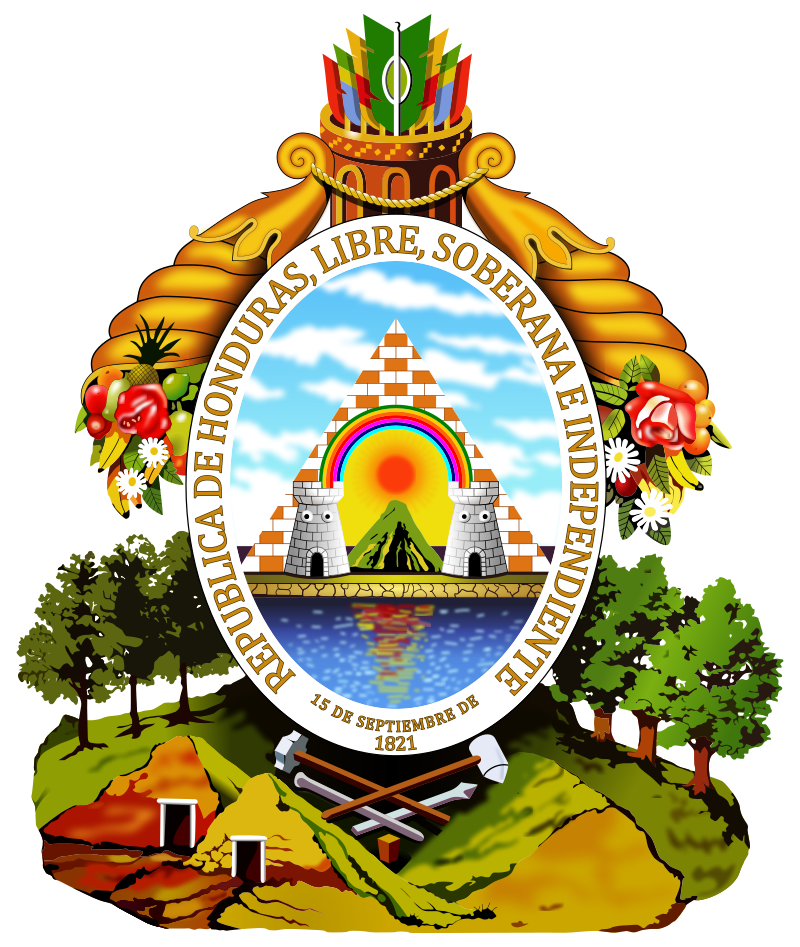
The coat of arms of Honduras embodies the country’s identity, history, and aspirations. It is a symbol of national pride and sovereignty, representing the unity and resilience of the Honduran people. This emblem conveys messages of independence, cultural heritage, and the richness of the nation’s natural resources.
It serves as a reminder of the country’s journey from a colonial past to an independent future, encapsulating the values and principles that Honduras stands for. This emblem is integral to the national character, resonating with citizens and reflecting the nation’s collective spirit.
Historical Evolution and the Meaning Behind Changes
Since independence in 1823, the Honduran flag initially featured blue and white stripes, reflecting its connection to the Federal Republic of Central America. In 1866, five blue stars were added, symbolizing the original Central American provinces.
In 1866, the design was modified to include five blue stars, representing the five nations of the former Federal Republic, marking a significant shift towards a symbolism of regional unity and aspirations.
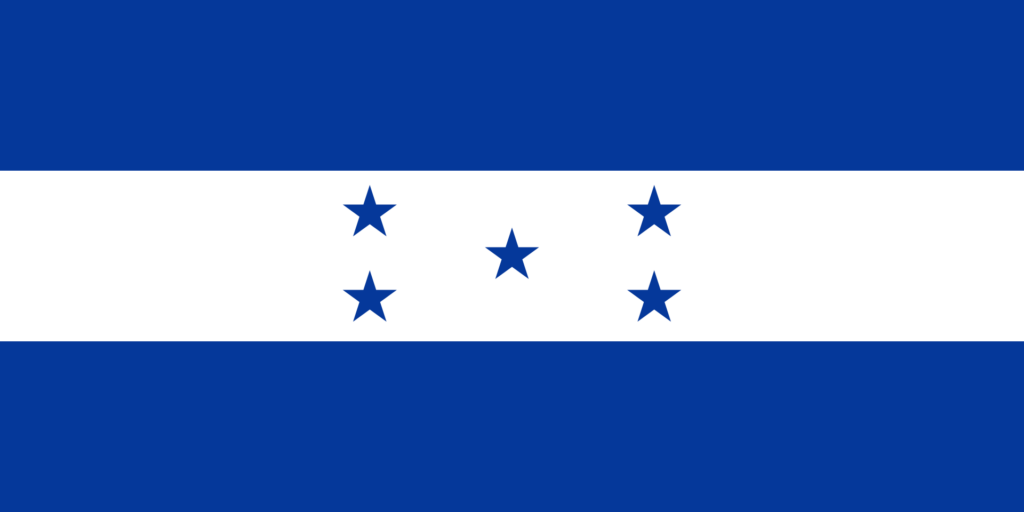
The most recent and notable change occurred in 2022 when the flag’s color was reverted to turquoise, as initially intended in the 1949 decree. Following President Xiomara Castro’s election, this shift marked a return to historical accuracy and reflected a change in the country’s political dynamics.
The flag’s colors, blue for the oceans and unity and white for peace, have gained more profound symbolism over time, representing Honduras’s evolving narrative as a nation.
Overall Symbolic Meaning of the Flag
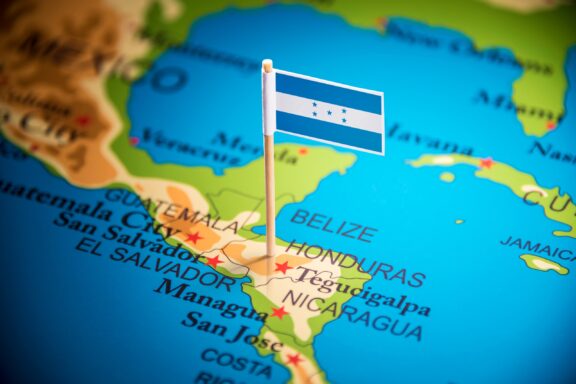
The flag of Honduras, with its blue and white stripes and central five stars, represents the nation’s maritime heritage, peace, and unity with Central American neighbors. The stars symbolize the historical aspiration for regional cooperation. This flag encapsulates Honduras’s journey and commitment to regional harmony.
Similar Flags to the Flag of Honduras
Exploring the world of flags reveals intriguing similarities and shared histories. Here, we delve into flags from various countries resembling the flag of Honduras, uncovering the reasons behind these visual connections.
El Salvador
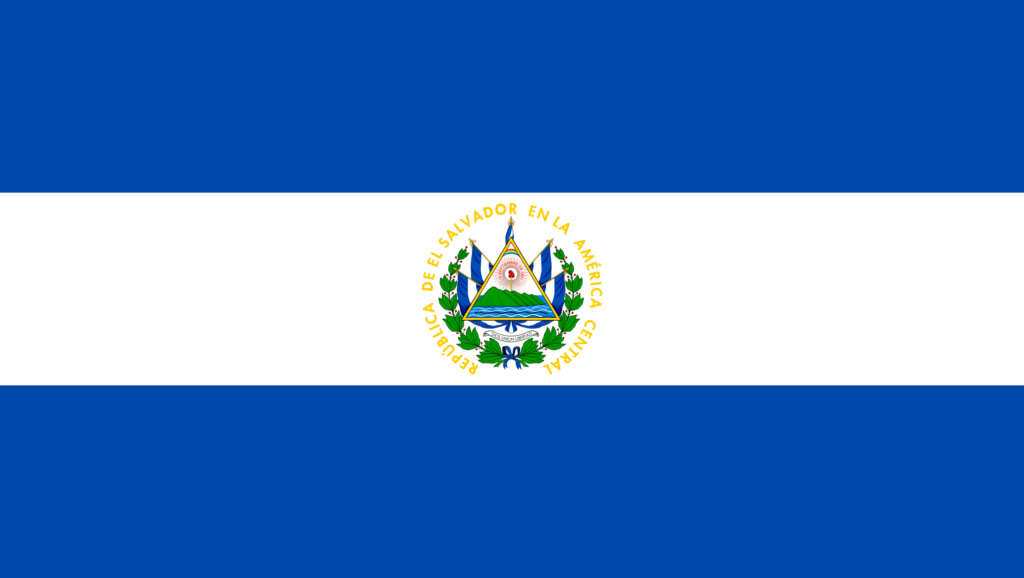
El Salvador’s flag also features blue and white stripes, a color scheme derived from the flag of the former Federal Republic of Central America. The blue stripes represent the Pacific Ocean and the Caribbean Sea, similar to Honduras, reflecting their shared maritime heritage.
Nicaragua
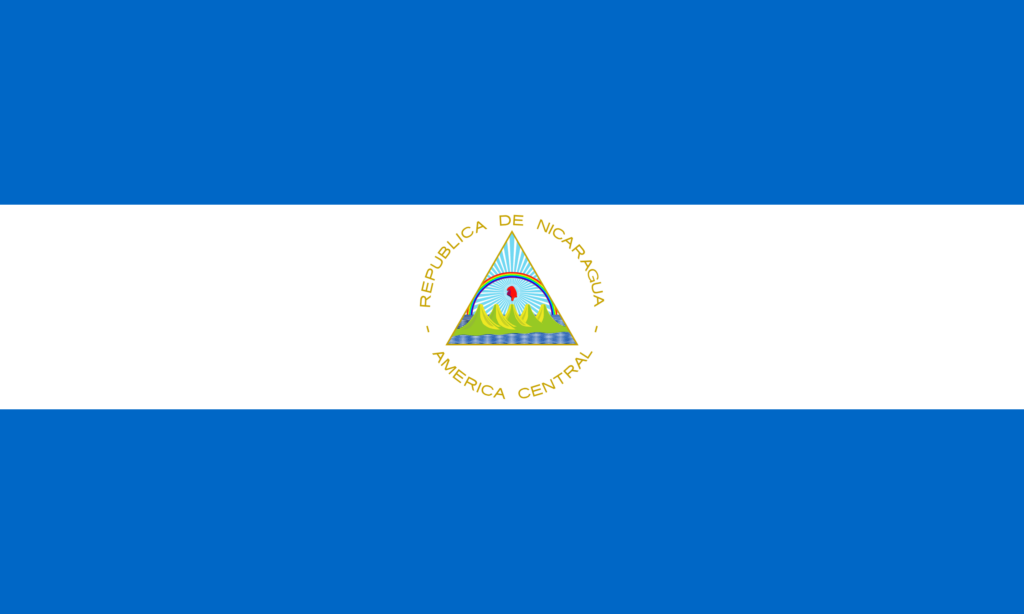
Like Honduras, Nicaragua’s flag includes blue and white stripes, again echoing the influence of the Federal Republic of Central America. These colors signify the countries’ shared historical journey toward independence and their collective identity within Central America.
Guatemala
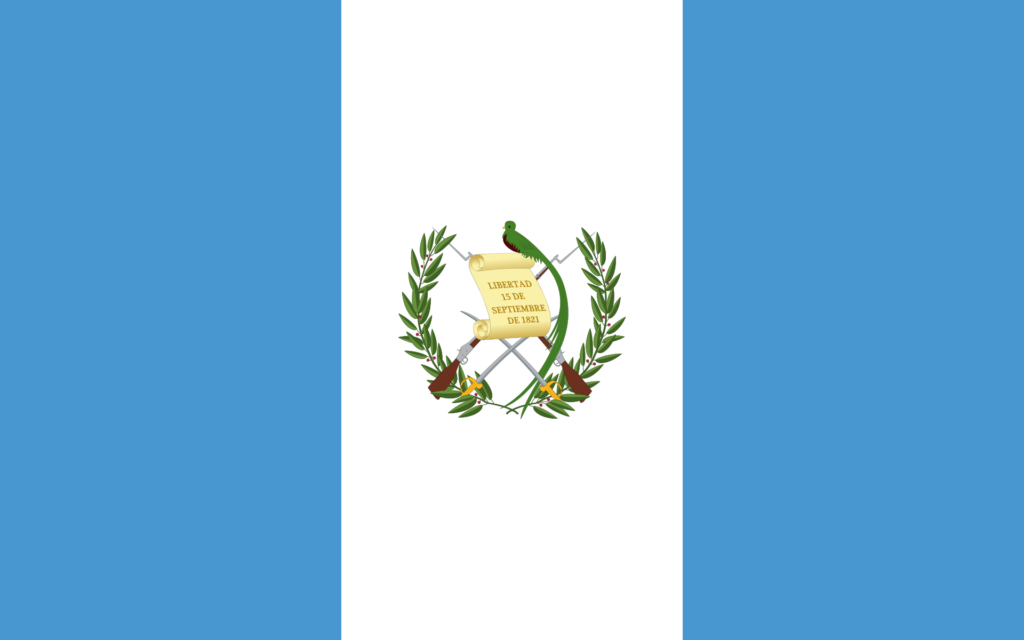
Guatemala’s flag, with its blue and white colors, is another flag resembling Honduras’s flag. This similarity is rooted in their joint history as part of the Federal Republic of Central America, with the blue representing the Pacific and Atlantic Oceans and the white symbolizing peace and purity.
Conclusion
The flag of Honduras, rich in symbolism, not only narrates the nation’s history and aspirations but also represents its distinct identity within the global tapestry of flags.
For Hondurans, this flag is a beacon of pride and unity, symbolizing their journey and hopes. Its unique design and meaningful colors resonate with citizens and distinguish it on the world stage, embodying the enduring spirit of Honduras.
Image Sources and Copyright Information
- Honduras Flag Overlooking Tegucigalpa Cityscape: © Manuel Chinchilla/Shutterstock
- Honduras Flag Pin on Map: © BUTENKOV ALEKSEI/Shutterstock